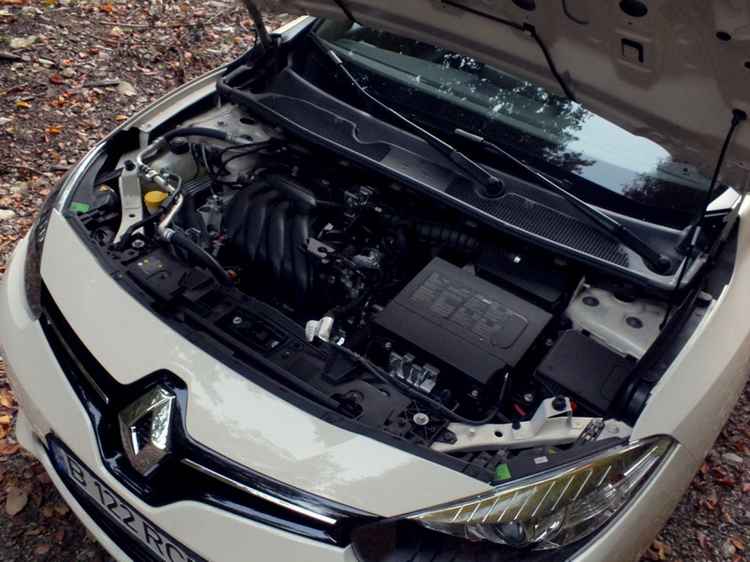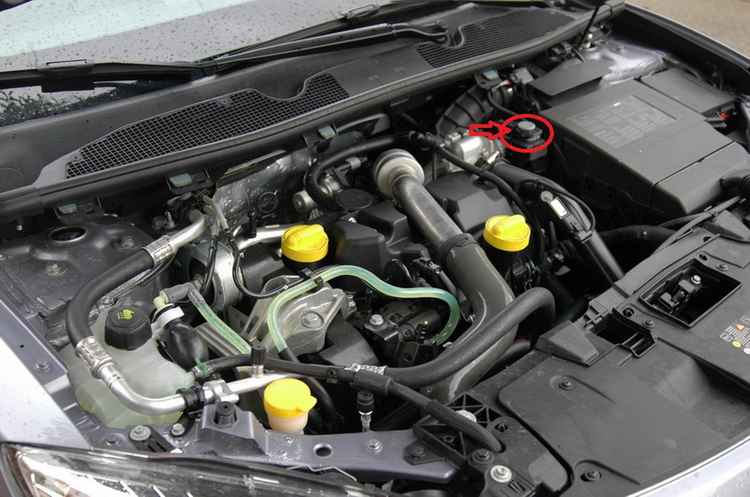Characteristics of detonation sensors
Most gasoline engines are equipped with detonation sensors. This element is necessary to control the operation of the entire motor that implements. The detonation sensor by the engine is located in the center of the cylinder block and reports the main computer about the status of the engine vibrations. In this article, we will consider in detail where the engine detonation sensor is, and also we will tell you why a detonation sensor needs.
Work element
How does the detonation sensor work? This is the most frequently asked question of car enthusiasts who heard about this element, but do not know its main purpose and principle of work.
The impact of the indications of this element directly has the exact impact of the main control side of the control, which monitors the power supply of each cylinder. Due to the principle of operation of this sensor, the on-board computer gives signals to prepare the fuel mixture in one way or another. The use of this sensor mainly concerns only where the control unit is.
The detonation sensor characteristics mainly affect the operation of fuel injection synchronization into each cylinder, and also help to eliminate those or other malfunctions associated with the damage to the engine. Due to its qualities, this element is constant monitoring the state of the cylindrophone group, which is why you can diagnose and monitor the state of the operation of each cylinder. It can also be noted that the characteristics of this element contribute to the qualitative diagnosis of compression and the entire engine as a whole.
How detonation occurs
What is the engine detonation? Not every wizard can give a qualified answer. Nevertheless, we will try more accessible to explain what kind of engine detonation is and how it is manifested.
First of all, the engine detonation occurs on the principle of incorrect mixing and its combustion in the chamber. In other words, an increased engine vibration occurs and the load on the connecting rod mechanism increases. Most drivers probably heard such a phrase "fingers knocking", that's it is one of the signs of the engine detonation. Due to the increased load on this area of \u200b\u200bthe power unit, there may be serious damage to the entire mechanism. To warn the driver about these faults, the detonation sensor reports the main control unit for malfunctions associated with the failure of this or another cylinder. As a result, an icon signals a breakdown on the car dashboard is displayed.
The detonation is very often affected by the octane number of gasoline fuel. Thanks to this sensor, the onboard control unit can control the ignition and injection advance angle depending on the fuel used, as well as other conditions associated with the operation of the car.
Device
The main basis of the engine detonation sensor is a piezoelectric plate, which is installed inside this element. If detonation occurs, this plate generates electrical pulses, which are subsequently sent to the electronic motor control unit. In turn, the control unit corrected the mixing formation in the chamber of each cylinder, and also adjust the angle of the ignition advance or injection.
Location and replacement
This control stands right on the engine block, in its central part and is responsible for the adjustment of the injection. This location is due to the fact that this element makes accurate adjustment of each cylinder.
The fastener of this element is based on a rigid hitch with a central bolt, which is clamped with a certain force. On one side of the sensor there is a special jack for connecting its contacts to the control unit.
On cars where the engine is located cross, this item is installed from behind, just below. On vehicles with longitudinal location of the motor, the detonation sensor is also directly under the intake manifold.

Often, it is not possible to make an independent replacement of this element, since it is necessary to disassemble several engine nodes.
If you still have a desire to replace this element yourself, we will try to tell you about how this process is done correctly.
- No matter how the engine is located in your car, you need to dismantle the intake manifold. To do this, you need to disconnect the fuel system and dismantle the entire fuel rail assembly with nozzles. An throttle node is also subject to dismantling, which is cooled by antifreeze on most cars.
- Before removing the intake manifold, it is necessary to disconnect the exhaust gas recycling valve tube, which is connected using a cape nut. Such a nut serves as a reliable solution for fastening this tube.
- Unscrew the bolts of the intake manifold, then dismantle the entire knot, not forgetting that it is attached to below another bracket.
- After dismantling the whole design, you will have access to the necessary item. To replace it, you need to disconnect the electrical connector and unscrew the central bolt from the engine block.
- As a result of dismantling, you can easily replace the broken sensor new.
- When installing a new sensor, carefully follow the direction of installation, this is necessary in order for the connector to be sent to the other side, which determines the length of the ECU wire.
- Tighten the sensor bolt with the desired torque, then connect the electrical connector.
- Replace the intake manifold gasket, then install this item in place and tighten the bolts with the right point.















